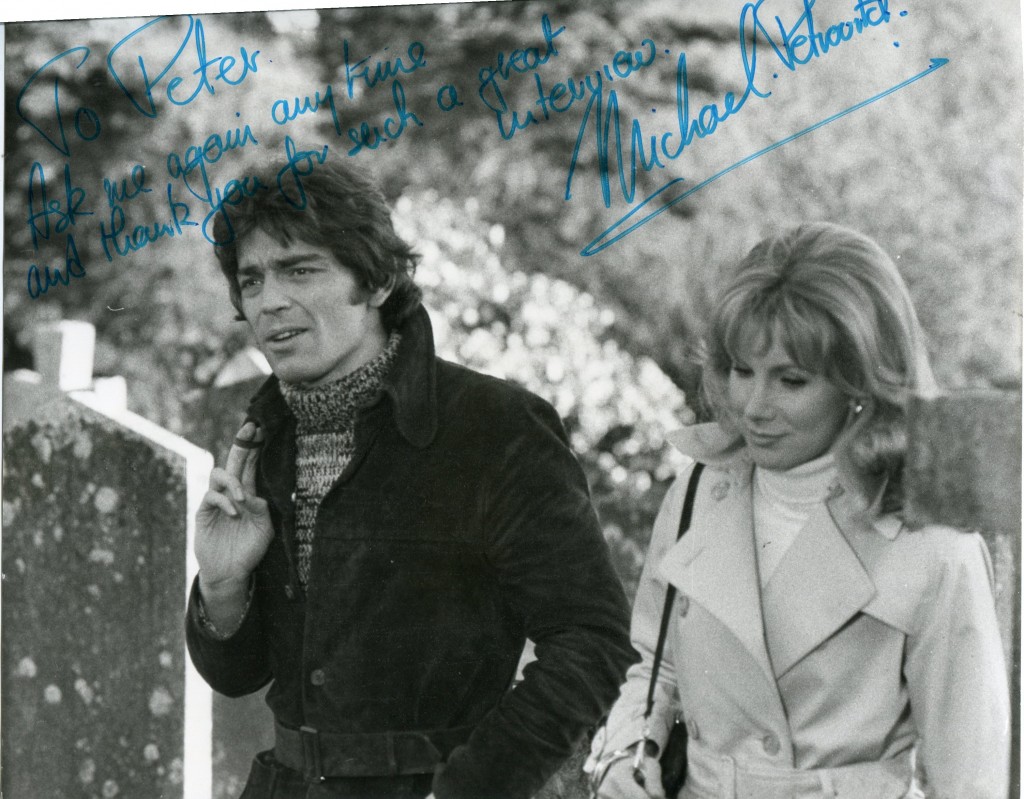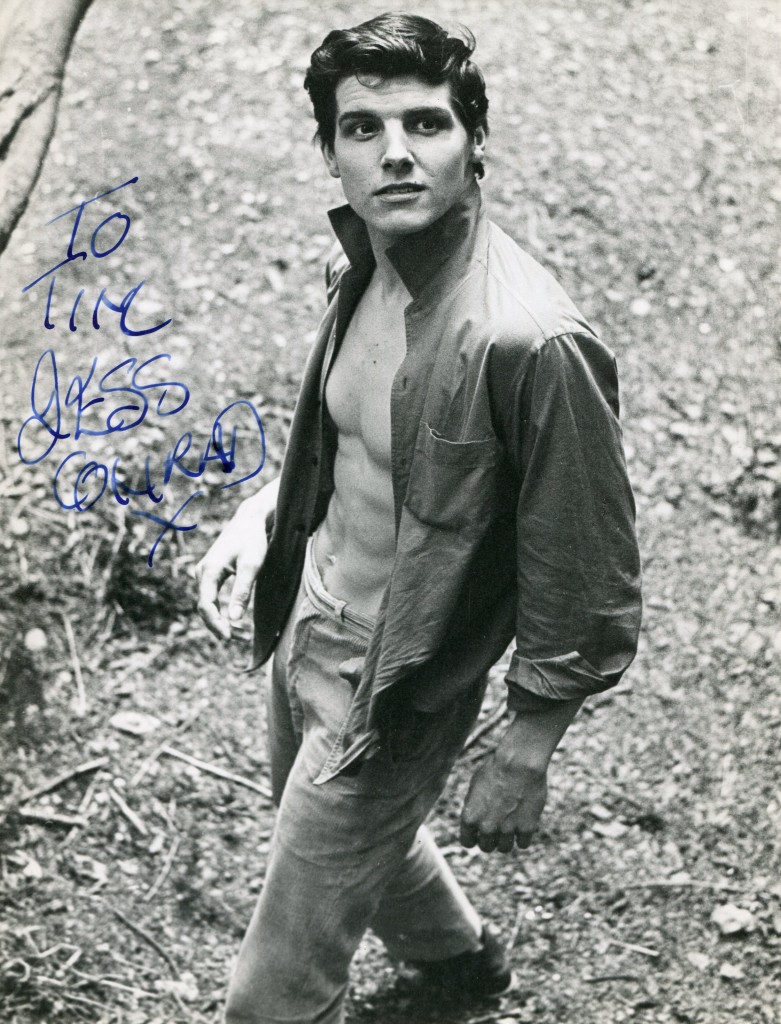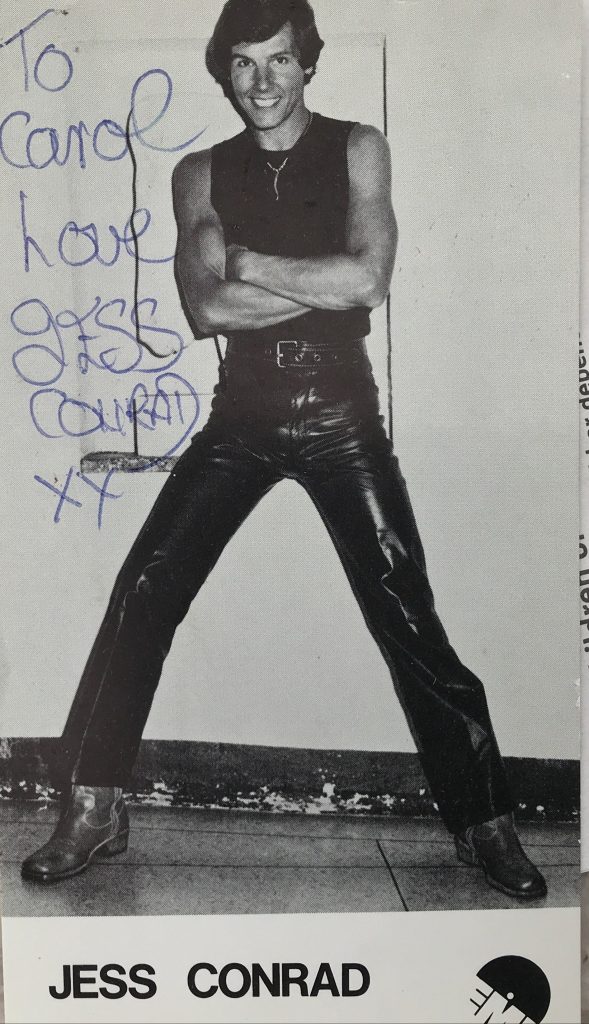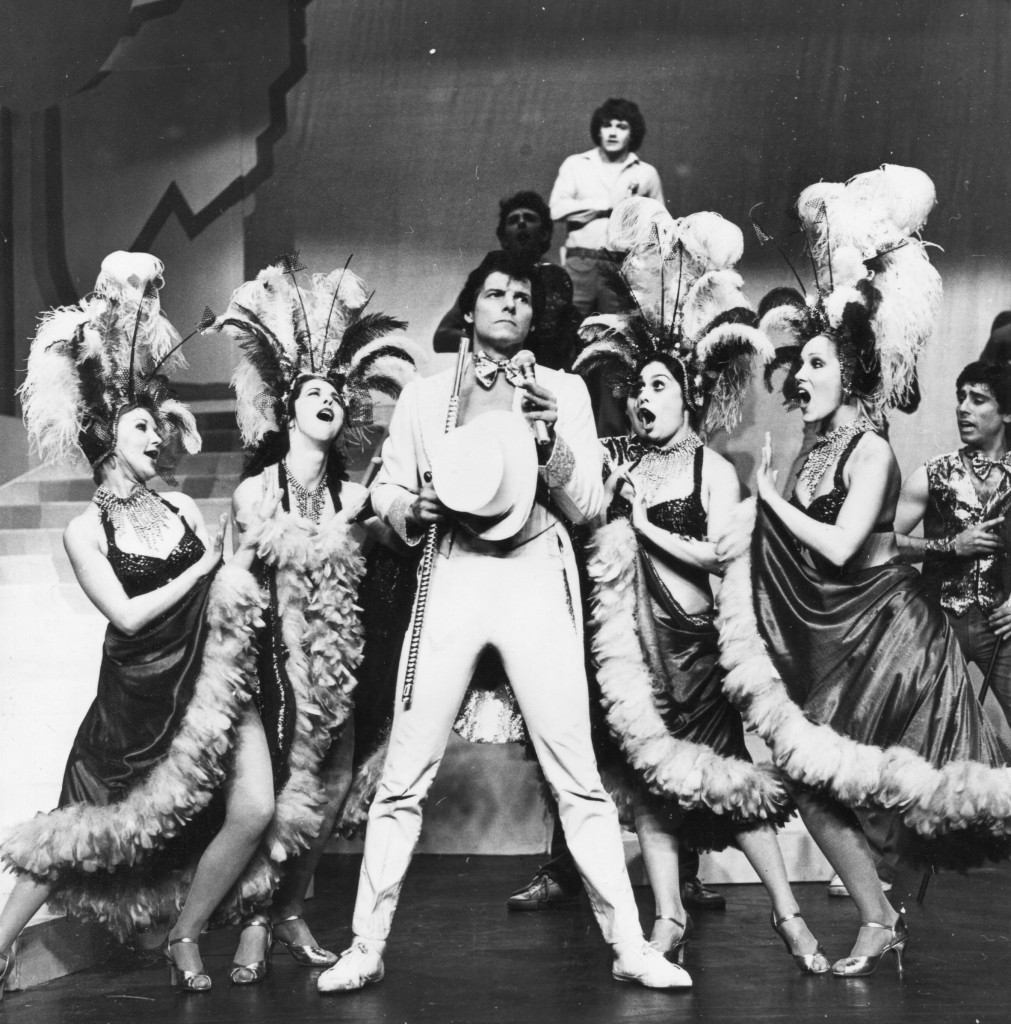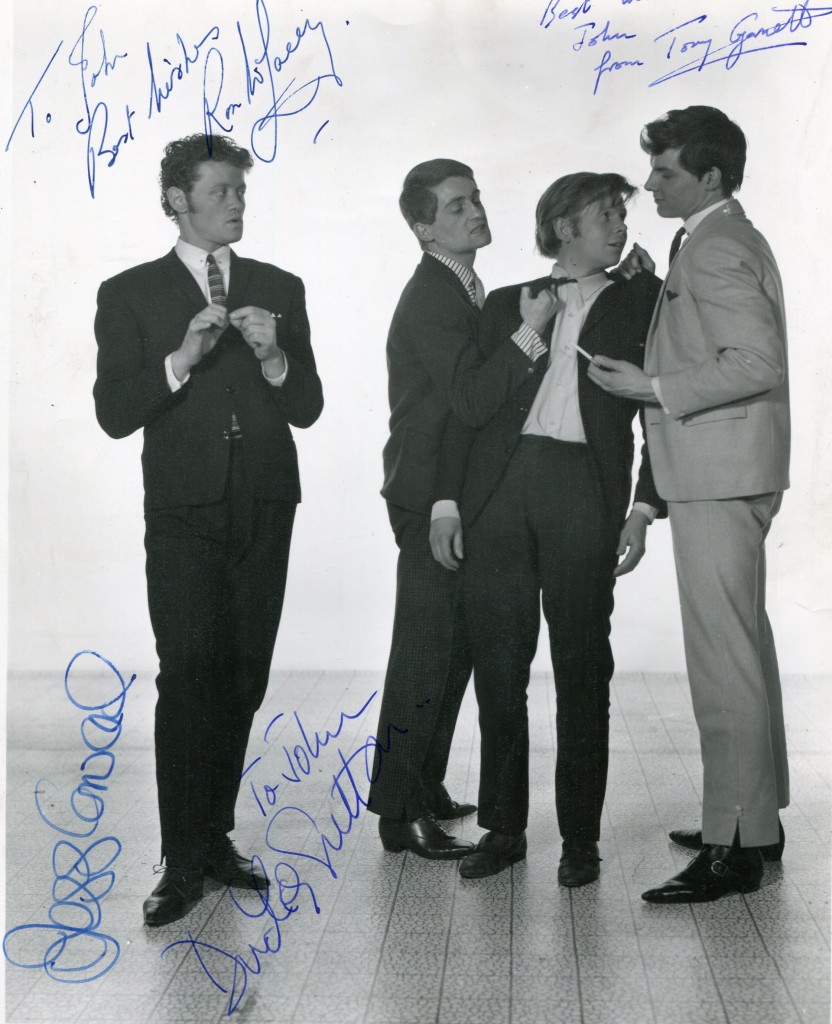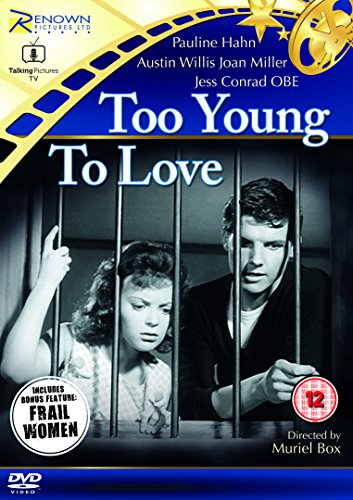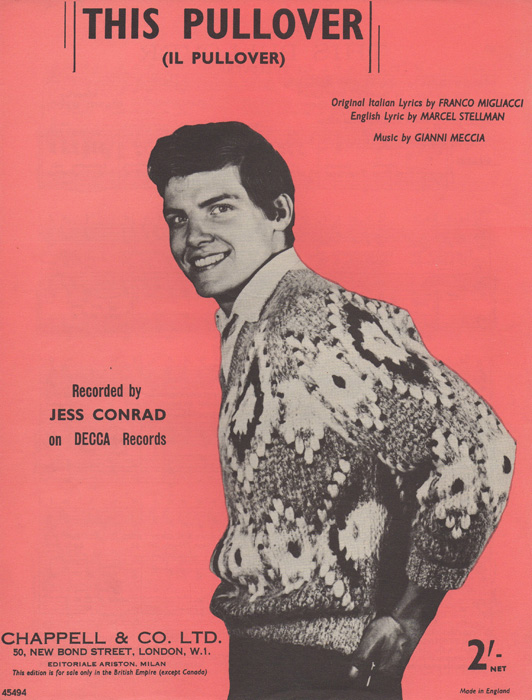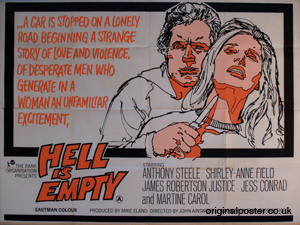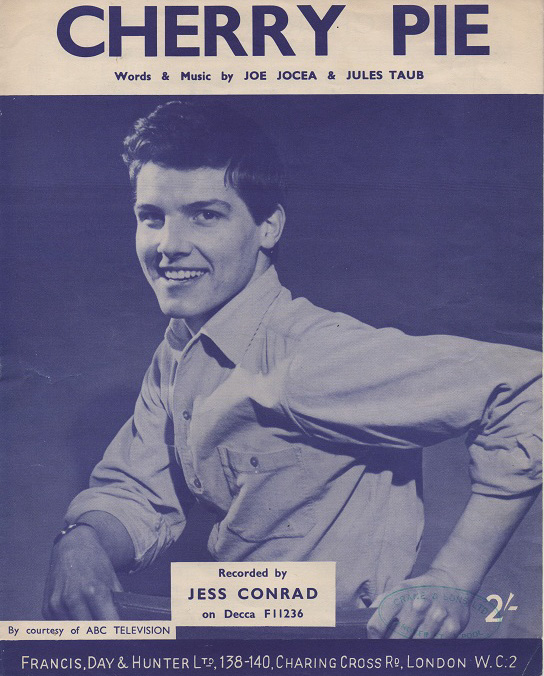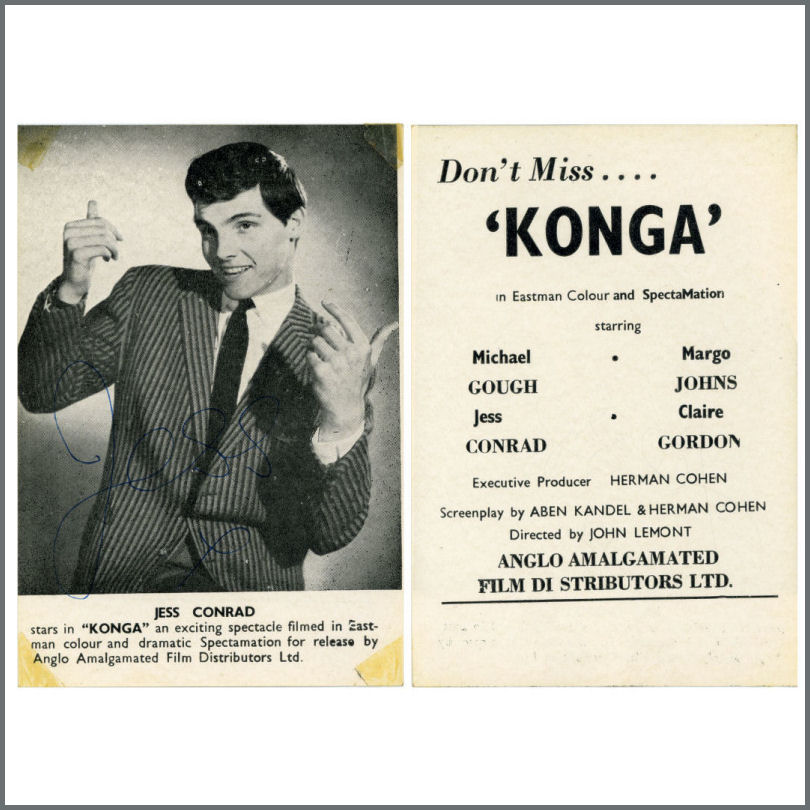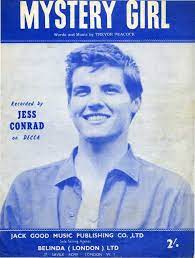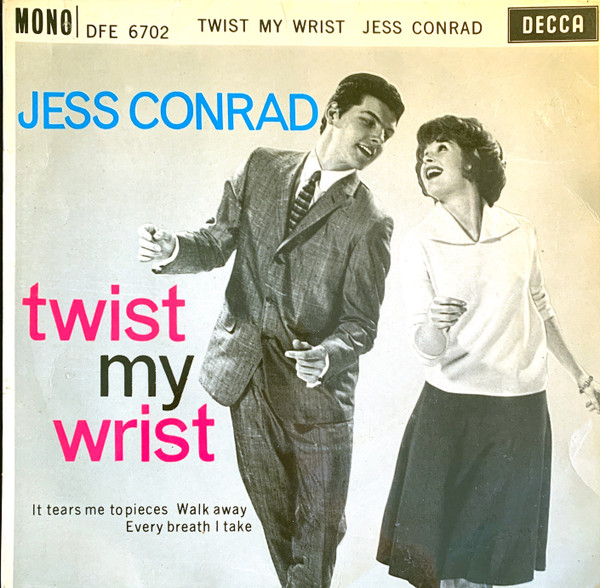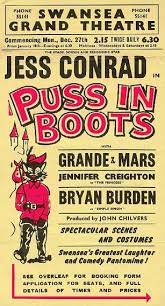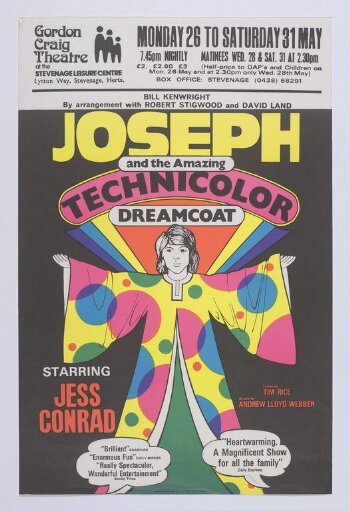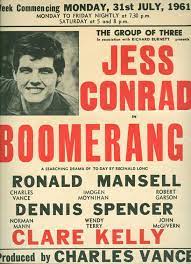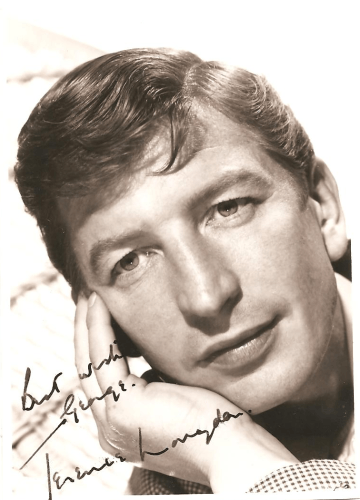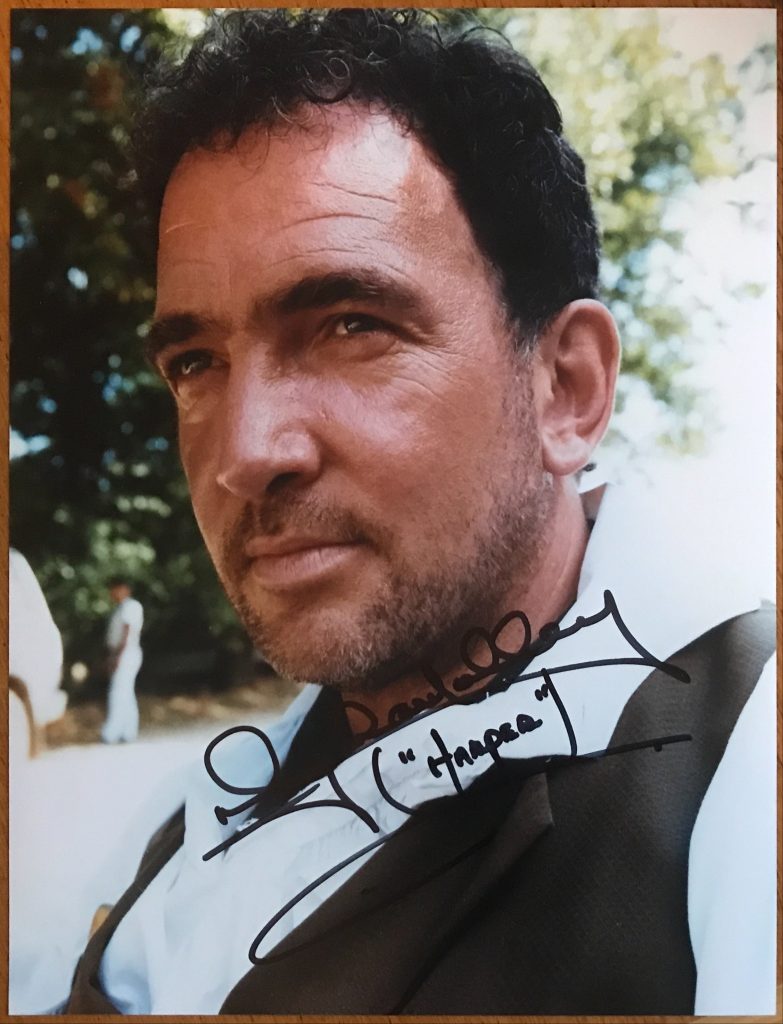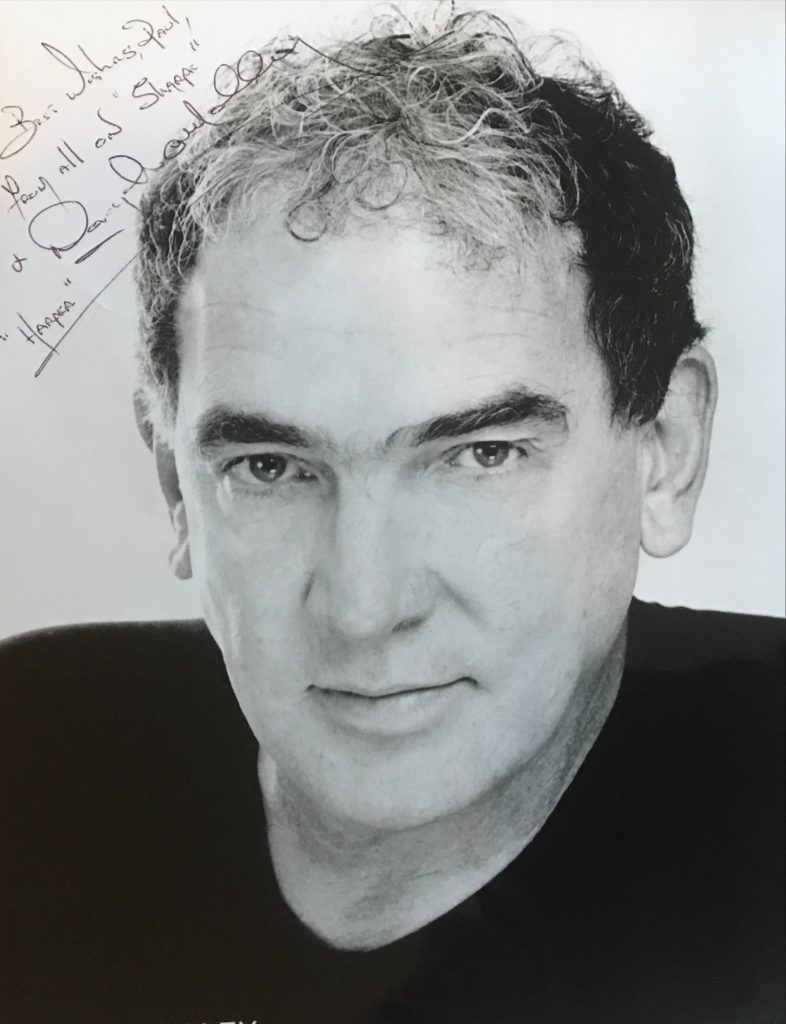


Julia Lockwood obituary in “The Scotsman”.
The daughter of one of Britain’s biggest stars, Julia Lockwood made her film debut at four, went to acting school at five, had played the title roles in BBC television adaptations of Heidi and Alice in Wonderland by her early teens and was bracketed alongside Jane Fonda as a second generation of film stars.
Her mother was Margaret Lockwood, raven-haired lead in the Gainsborough studio’s period melodramas of the 1940s, including The Wicked Lady. These films have not worn particularly well, but they were considered risqué at the time and were extremely popular. Young women rushed to imitate the famous beauty spot painted high on Lockwood’s left cheek.
Her daughter enjoyed considerable success as a child and juvenile actress, both on stage and screen, helped by the chance to appear on film with her mum. It looked at one time like she was all set to relocate to Hollywood, and she even had dental work and surgery on her nose in preparation for a screen test with Columbia Pictures.






Get all the latest news, analysis and expert opinion with an online subscriptionSubscribe Today
But, like so many other juvenile film stars, Lockwood never quite made the leap to regular starring adult roles and her big-screen career ended along with her teens.
She went on acting for another decade in theatre and television – starring in a shortlived sitcom with Richard Briers on the BBC, before retiring from showbusiness in the early 1970s to concentrate on family life with actor husband Ernest Clark.
She was born Margaret Julia Leon in the market town of Ringwood in Hampshire in 1941. Lockwood was her mother’s maiden name, which Julia would also adopt. Her mother was already a star when Lockwood was born, but The Man in Grey in 1943 elevated her to another level.
Her father, Rupert Leon, was a commodities clerk, serving in the Army at the time of her birth. Neither parent was around much. Lockwood was born into a life of wealth and privilege, but regretted that parental contact and affection was rationed.
“My parents parted when I was about five and were divorced when I was eight,” she said in an interview in 1960. “I spent a great deal of time being looked after by Nanny. I think a girl needs a father even more than she needs a mother.” She also lamented being an only child. “I’ve been pretty lonely at times,” she said.
Sometimes she had to settle for seeing her mother in the cinema rather than in the flesh. “My earliest memory is being carried out screaming in the middle of one of her films because I was frightened when I saw someone strike her on the screen,” she said in the same interview, when the Sydney Morning Herald ran a piece on Lockwood and Jane Fonda, daughter of Hollywood star Henry Fonda, hailing them as “new stars in the firmament”.
One way that Margaret managed to carve out some time with her daughter was to have her cast in her films. Margaret had moved to a new big money contract with Rank and Julia was only four when she played her mother’s character’s daughter in Hungry Hill, an expensive adaptation of a Daphne du Maurier novel about a feud between two families in Ireland that lasts for generations.
Mother nad daughter also appeared together in The White Unicorn in 1947, by which time Julia was at acting school. It would be a few more years before she landed the starring role in the BBC’s 1953 series Heidi, which was followed by a sequel, Heidi Grows Up, and Alice in Wonderland. She had played Alice in Wonderland on stage in 1953, with Peter Butterworth as the Mad Hatter.
In the early 1950s Margaret Lockwood was the best-paid actress in Britain, but then she had a few flops and by the middle of the decade she was considered box-office poison. Margaret turned to theatre and television, which gave her the chance to work with her daughter again.
They played a mother and daughter, working in an exclusive London hotel, in The Royalty (1957-58) and a belated sequel called The Flying Swan (1965). In between Julia Lockwood turned up occasionally in films and more often on television, with a starring role in the short-lived sitcom Don’t Tell Father and a recurring role as a secretary involved in illicit office romance in 73 episodes of Compact, a BBC soap opera set in the offices of a magazine.
In the 1950s and early 1960s she appeared in several stage productions of Peter Pan, initially playing Wendy when her mother played Peter. But Julia also played Peter regularly in Christmas productions at the Scala in London and she reprised the role at the King’s Theatre in Glasgow in 1960. She was back at the King’s at the end of the decade in George Axelrod’s play Goodbye Charlie.
Lockwood’s Samantha had designs on Richard Briers, and his money, in the BBC sitcom Birds on the Wing. It ran for six episodes in 1971 and was to be her last screen credit. In 1972 she married Ernest Clark, who played the grumpy Professor Loftus in the Doctor in the House sitcom and its sequels and who was almost 30 years older than her.
Lockwood already had a child from a previous relationship and they would have three more children together. This was Clark’s third marriage. He died in 1994. Lockwood is survived by her four children.


